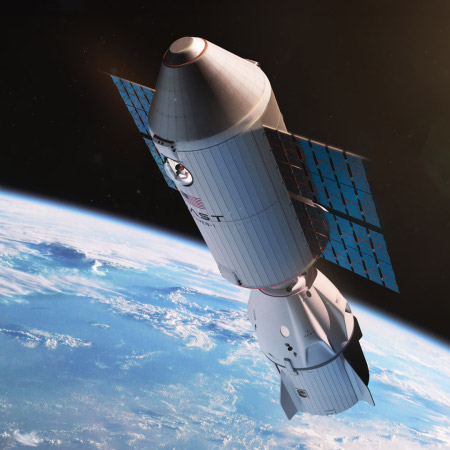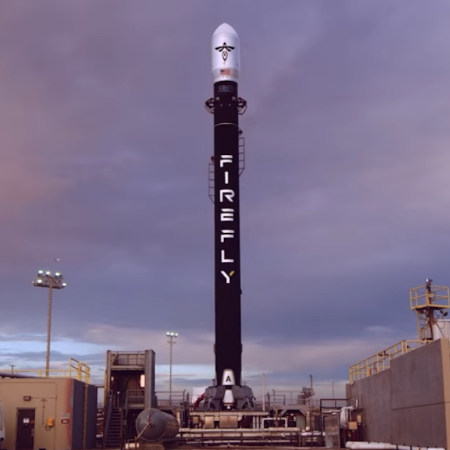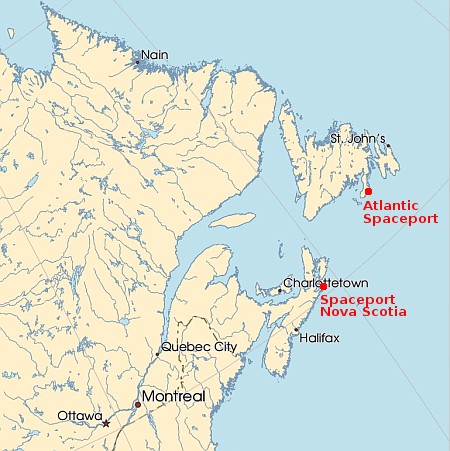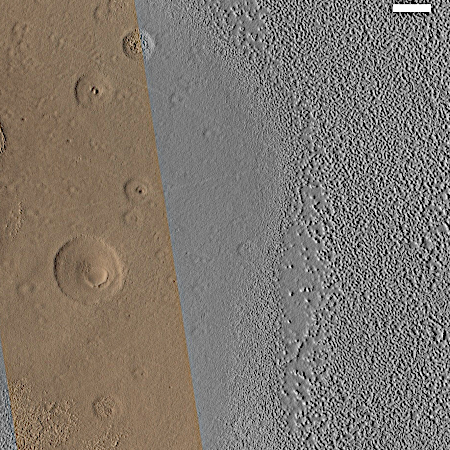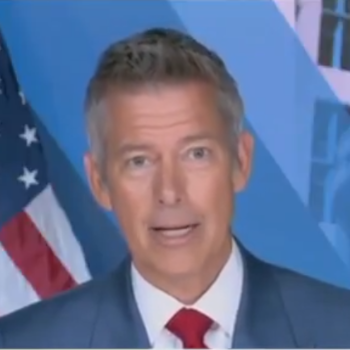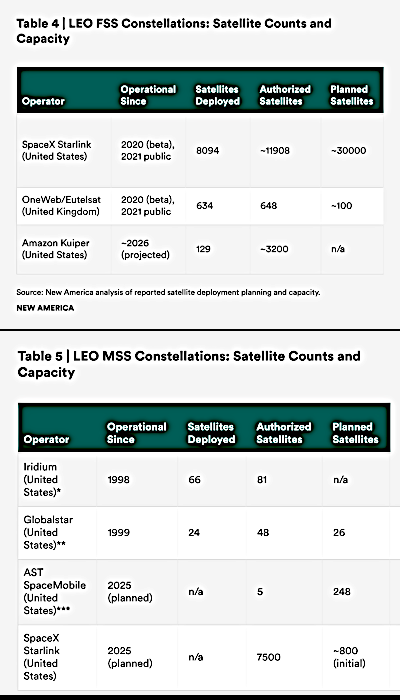Space energy startup Star Catcher successfully tests power beaming using lasers
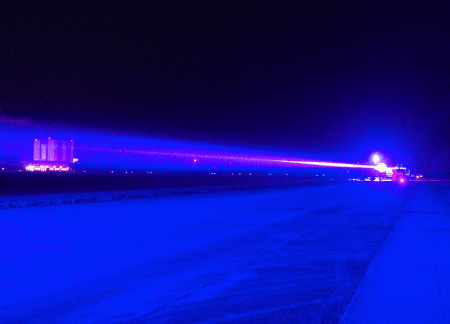
StarCatcher laser transmitting power during Florida tests.
Space energy startup Star Catcher last week successfully completed a demonstration in Florida of its power beaming technology, transmitting energy using lasers to off-the-shelf solar panels used by satellites and spacecraft.
Using an advanced suite of multi-wavelength lasers, the team delivered more than 1.1 kW of electrical power to commercial off-the-shelf solar panels at Space Florida’s Launch and Landing Facility. … During the demonstration, Star Catcher delivered one to ten Suns of optical energy to multiple commercial off-the-shelf single- and triple-junction solar panels commonly used in space, confirming compatibility with standard spacecraft hardware, and validating the company’s approach to “supercharge” satellites with significantly more power via highly concentrated beams of light. Among them was an Astro Digital triple-junction solar panel — the same hardware used on the company’s flight-proven satellite buses — demonstrating readiness to power customer missions in orbit.
Star Catcher also delivered power to several customer payloads representing key market segments such as space data centers, in-space manufacturing, and remote sensing. The systems operated on beamed power as customers conducted live experiments, demonstrating both hardware compatibility and strong interest in this emerging power infrastructure.
Among the demonstrations, Star Catcher wirelessly transmitted energy to Intuitive Machines’ Lunar Terrain Vehicle (LTV) and recharged its onboard batteries.
The company plans to fly an orbital power-beaming demonstration satellite next year. If successful, it will try to raise the investment capital to launch power-beaming satellites in both Earth and lunar orbits by 2030, where they can more efficiently provide power. It already has signed six preliminary agreements with a variety of space-based companies such as Intuitive Machines. In the case of rovers like Intuitive Machines LTV, this technology will be an excellent way to charge batteries in the permanently shadowed craters on the Moon, where direct sunlight will not be available.
Hat tip to BtB’s stringer Jay.

StarCatcher laser transmitting power during Florida tests.
Space energy startup Star Catcher last week successfully completed a demonstration in Florida of its power beaming technology, transmitting energy using lasers to off-the-shelf solar panels used by satellites and spacecraft.
Using an advanced suite of multi-wavelength lasers, the team delivered more than 1.1 kW of electrical power to commercial off-the-shelf solar panels at Space Florida’s Launch and Landing Facility. … During the demonstration, Star Catcher delivered one to ten Suns of optical energy to multiple commercial off-the-shelf single- and triple-junction solar panels commonly used in space, confirming compatibility with standard spacecraft hardware, and validating the company’s approach to “supercharge” satellites with significantly more power via highly concentrated beams of light. Among them was an Astro Digital triple-junction solar panel — the same hardware used on the company’s flight-proven satellite buses — demonstrating readiness to power customer missions in orbit.
Star Catcher also delivered power to several customer payloads representing key market segments such as space data centers, in-space manufacturing, and remote sensing. The systems operated on beamed power as customers conducted live experiments, demonstrating both hardware compatibility and strong interest in this emerging power infrastructure.
Among the demonstrations, Star Catcher wirelessly transmitted energy to Intuitive Machines’ Lunar Terrain Vehicle (LTV) and recharged its onboard batteries.
The company plans to fly an orbital power-beaming demonstration satellite next year. If successful, it will try to raise the investment capital to launch power-beaming satellites in both Earth and lunar orbits by 2030, where they can more efficiently provide power. It already has signed six preliminary agreements with a variety of space-based companies such as Intuitive Machines. In the case of rovers like Intuitive Machines LTV, this technology will be an excellent way to charge batteries in the permanently shadowed craters on the Moon, where direct sunlight will not be available.
Hat tip to BtB’s stringer Jay.

